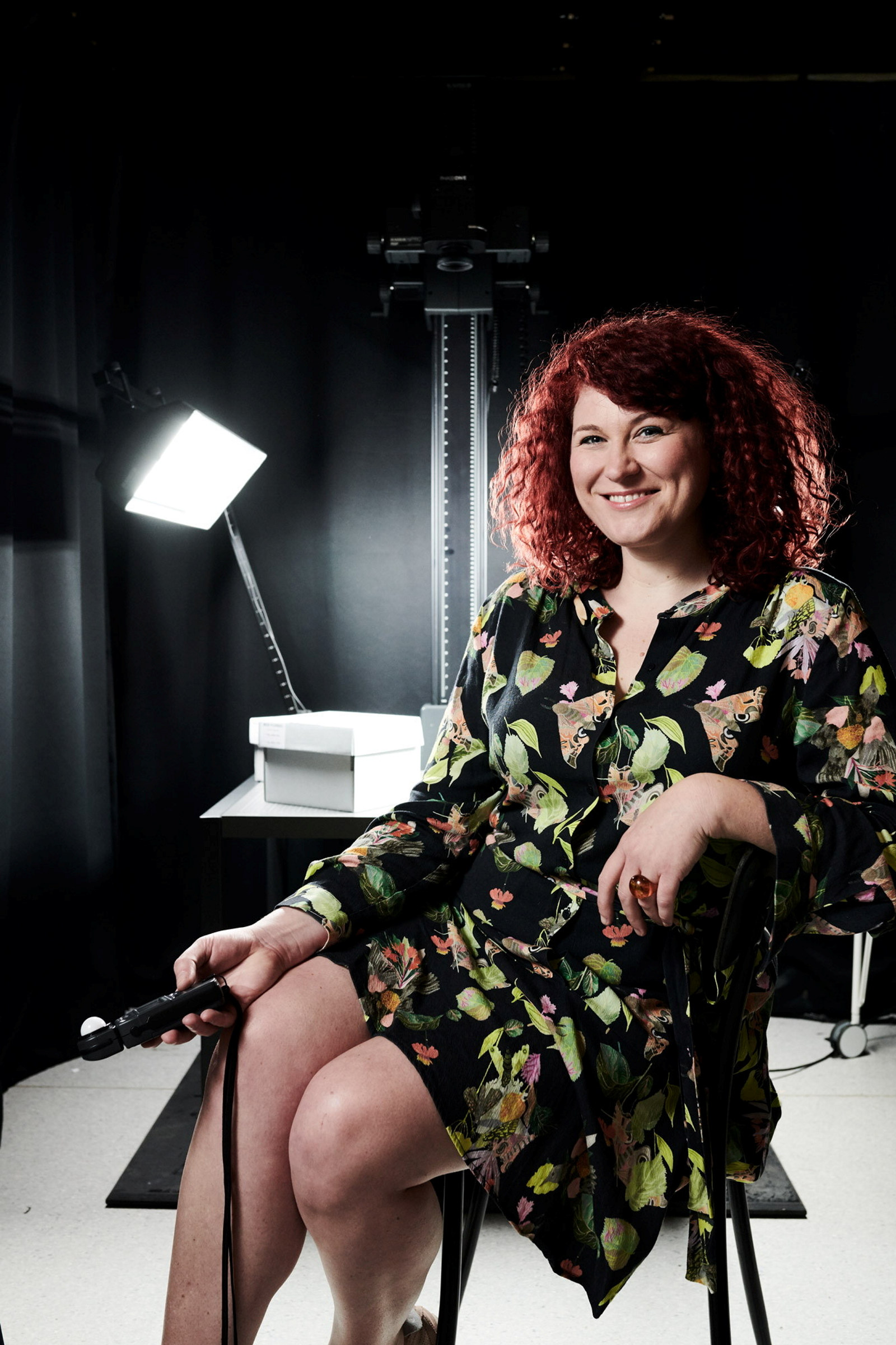Snapped! The Ikon Studio street photographer at work
A remarkable acquisition of 5000 street snaps provides a lively and revealing record of one Sydney street in 1950 and offers a rare glimpse through the street photographer’s lens.
Over several days in autumn to summer of 1950, an unknown photographer standing on Martin Place between Castlereagh and Elizabeth streets snapped thousands of candid photos of pedestrians. At times, as shown above, the sequence of images even captures the photographer’s extended engagement with a subject in additional, posed, portraits. Though the focus of all of these portraits is on the people, the backdrop of building facades and city traffic is also caught in splendid detail.
A worldwide craze
Candid street photographs, also called moving or walking pictures, were a global phenomenon from the 1930s until the 1950s. The production of ‘miniature cameras’ and compact 35mm film rolls at the beginning of the 1930s saw a radical shift in photographic practice. With automatic film winding and rangefinder focusing, these new ‘quick action’ handheld cameras were easy to use. They allowed for shorter exposure times, doing away with the need for tripods, and a greater number of sharper, well-exposed images could be shot consecutively without changing film – a revelation for amateur photographers and for entrepreneurs, who saw the commercial possibilities of the technology. From the 1930s, photographers were employed by firms to ‘snap’ pedestrians on city footpaths. The subject was handed a card with details of how to view and purchase the photographs, sold as cheap black-and-white postcard-sized prints from kiosks across the city.
Today this form of candid street photography is relatively uncelebrated. A few prints exist in public archives, but most are kept in private family collections. However, the ubiquity of this style of photography in the mid-20th century was evidenced by the overwhelming response to our public call-out for the past exhibition Street Photography that was on show at the Museum of Sydney: more than 1500 images were submitted. The popularity of the exhibition was also testament to public nostalgia for and interest in this form of photography.
The studio
Through the call-out, we also acquired an extremely rare collection of 127 rolls of 35mm negatives, street photographs taken in Martin Place in 1950 for Ikon Studio.
Ikon Studio operated for at least a decade from the late 1940s, with an agency in Her Majesty’s Arcade, Sydney. Images were identified by a sequential number inscribed onto films and prints. The number was used to manage client sales as well as for the firm to pay their photographers, who usually worked on commission. An important aspect of the Ikon collection is the hand-inscribed reference number on each roll, indicating the order in which the rolls were used and even suggesting the number of films used in a day’s work. Two rolls are dated, one 4 May 1950 and the other 1 November 1950. These dates and the reference numbers allow us to sequence the 127 rolls of film chronologically, indicating they were the product of no more than 10 days – or part days – of photography during that year.
The photographer at work
The negatives provide a fascinating visual narrative of the street photographer at work. Each continuous filmstrip contains between 36 and 40 exposures, showing the complete sequence of images taken – not just those prints purchased by subjects. Presumably, they also represent the pedestrians the photographer thought were most likely to buy photographs. The technical ability of this photographer is clearly demonstrated; almost all of the images are correctly exposed, well framed and in focus. While the new cameras simplified this type of work, skill was required to use available sunlight, and to work in a congested area to achieve consistent images that would neatly print on the postcard format.
Even as negatives, the photos make for compelling viewing. In image after image the subjects are captured in splendid stop-motion clarity framed by the streets and city architecture. We see every combination of individuals, couples, friends and families. While the people in the photos haven’t been identified, each image is a record of how they dressed and carried themselves, and their awareness of the street photographer and the camera; in some of the images, people pose for their photo.
A bustling city street
All of the images were taken from a location outside the Prudential Building at 39–49 Martin Place. Lined with official buildings, Martin Place has always been an important street in the life of Sydney, a place of banking and commerce, public spectacle, demonstration and celebration. In the late 1940s it was known as one of the city’s most congested streets (it wasn’t pedestrianised until the 1970s). In 1947, a reporter grumbled that the hectic crowds made it almost impossible to walk on Martin Place, and complained of ‘seven or eight street photographers who leap like panthers and like nothing better than six people posing hand in hand across the footpath’.* This is certainly visually evident in the Ikon Studio snaps!
Council records from the early 1940s reveal that Martin Place was deemed inappropriate for licensed street photography, presumably due to the large volume of foot and road traffic. Despite this, a number of licensed positions on Martin Place were eventually included in the council locations permitted for street photography.
Over the course of each day, changes in light and the rhythm of passers-by on the footpath are recorded through the sequence of films. Buses, trams, cars, trucks and people all passed by the photographer standing on the gently sloping footpath of Martin Place. With the camera pointing up towards Sydney Hospital on Macquarie Street or down towards the GPO building and George Street, details of the surrounding streets, building facades, parked cars, streetlights and what might be a small market can be seen in the background of the photographs, giving a tantalising glimpse into daily life.
The collection
Street photographers were a fixture of postwar Sydney, positioned at their licensed locations for hours each day, recording the routines and witnessing the flow of the city, sometimes over several years. Yet before our acquisition of the Ikon Studio collection, only a single roll of street photography film was known to be held in a public institution in Australia. The digitisation and presentation of this collection brings this recovered archive into the public realm, celebrating candid moments of everyday life on an important Sydney street.
The negatives have been removed from their original acidic cardboard storage boxes, digitised as continuous rolls of 35mm film, sleeved and rehoused in archival enclosures. A selection of photographs from the collection is on display in the exhibition, and more Ikon images can be viewed online at slm.is/ikon-studio. We continue to research the production of these images as well as the social context of their creation.
*. The Sun (Sydney), 26 January 1947, p7.
Published on
Ikon Studio
Browse all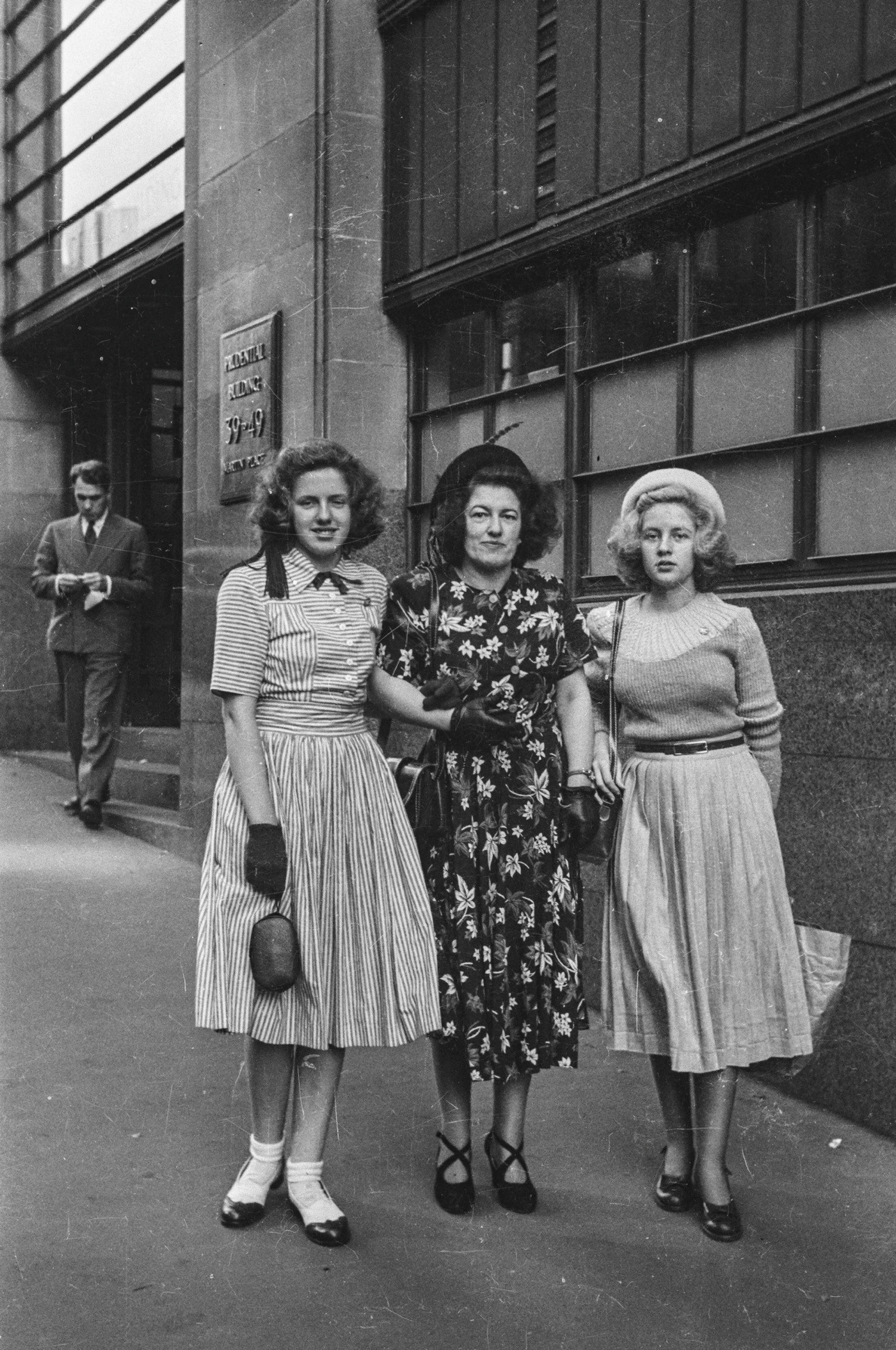
Family photo reunion
Imagine visiting an exhibition and discovering a photograph of yourself and your family that you had never seen before
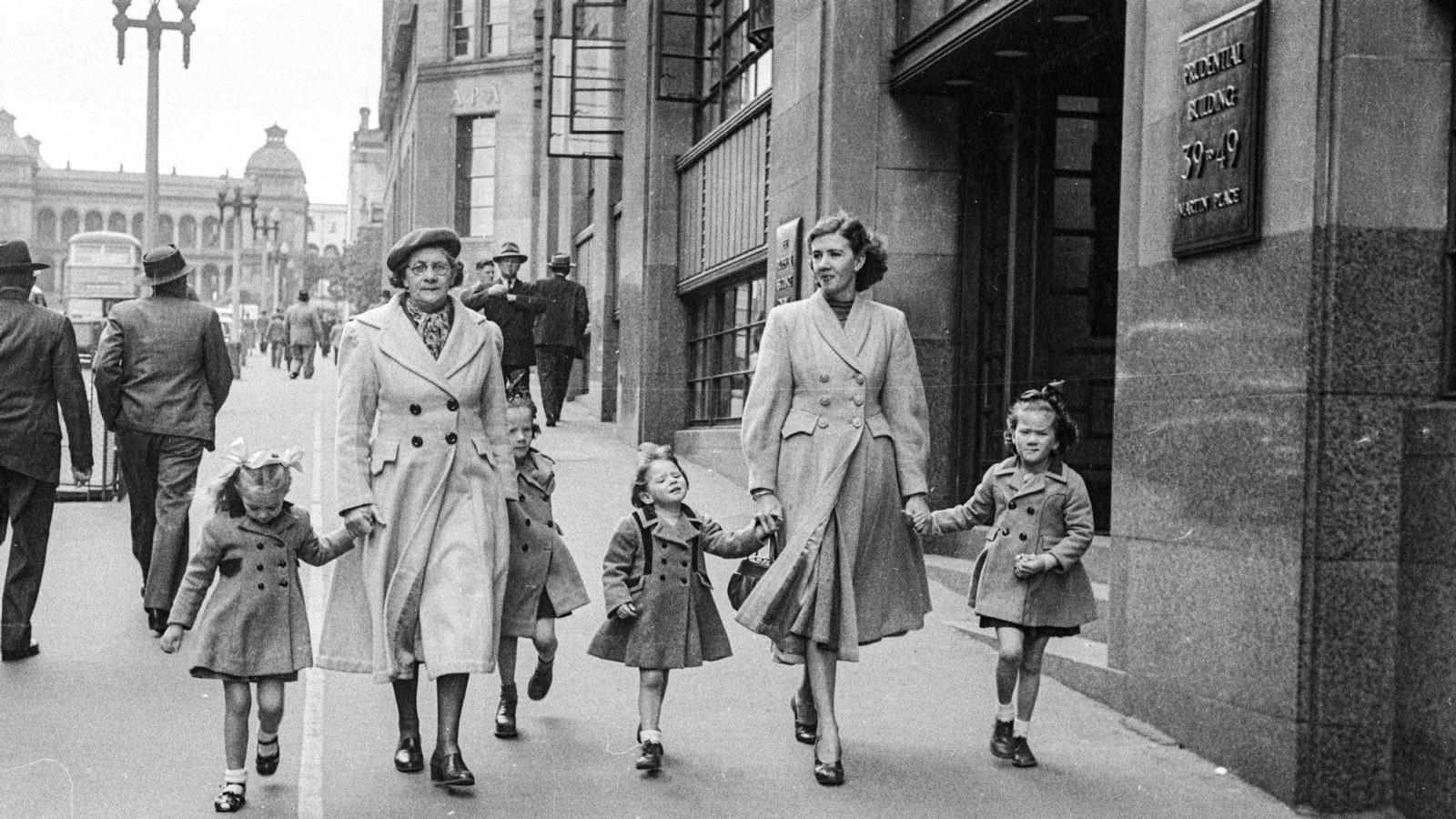
Ikon Studio
During the public call out for our Street Photography exhibition an extraordinarily rare collection of street photography negatives came to light. The Ikon Studio negatives provide a fascinating visual narrative of the street photographer at work

Ikon Studio Archive
The Ikon Studio archive of candid street photography is a documentation of everyday life on one busy Sydney city street recorded over several days in 1950
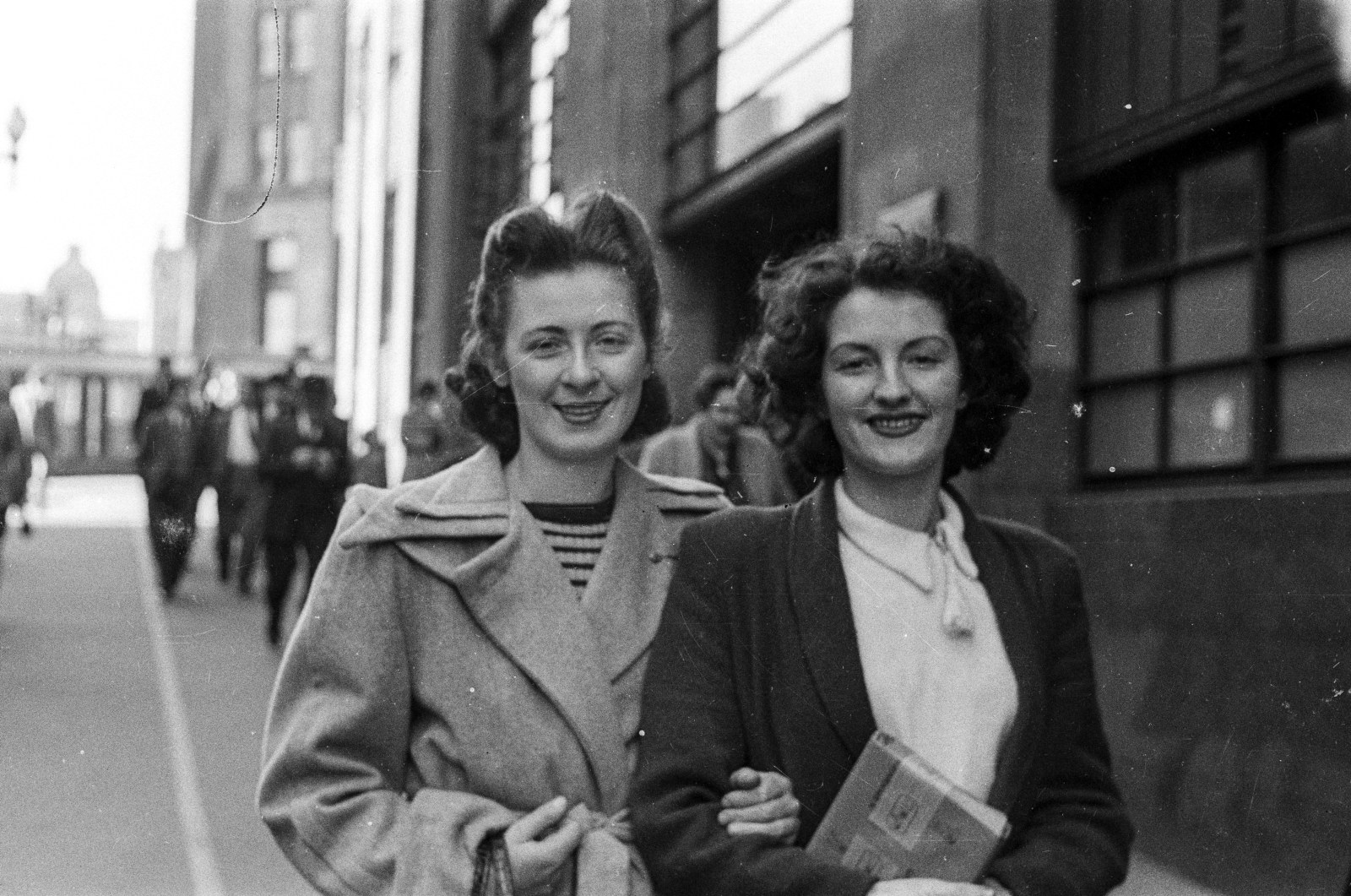
Ikon Studio: photo galleries
Browse a selection of images from the Ikon Studio collection shot between May and December 1950 in Martin Place, Sydney
Photo collections
Browse all
A pictorial guide to identifying Australian architecture – photo collection
This collection of over 700 black and white photo prints was used to illustrate the book 'A pictorial guide to identifying Australian architecture' by Richard Apperly, Robert Irving and Peter Reynolds, first published in Sydney in 1989
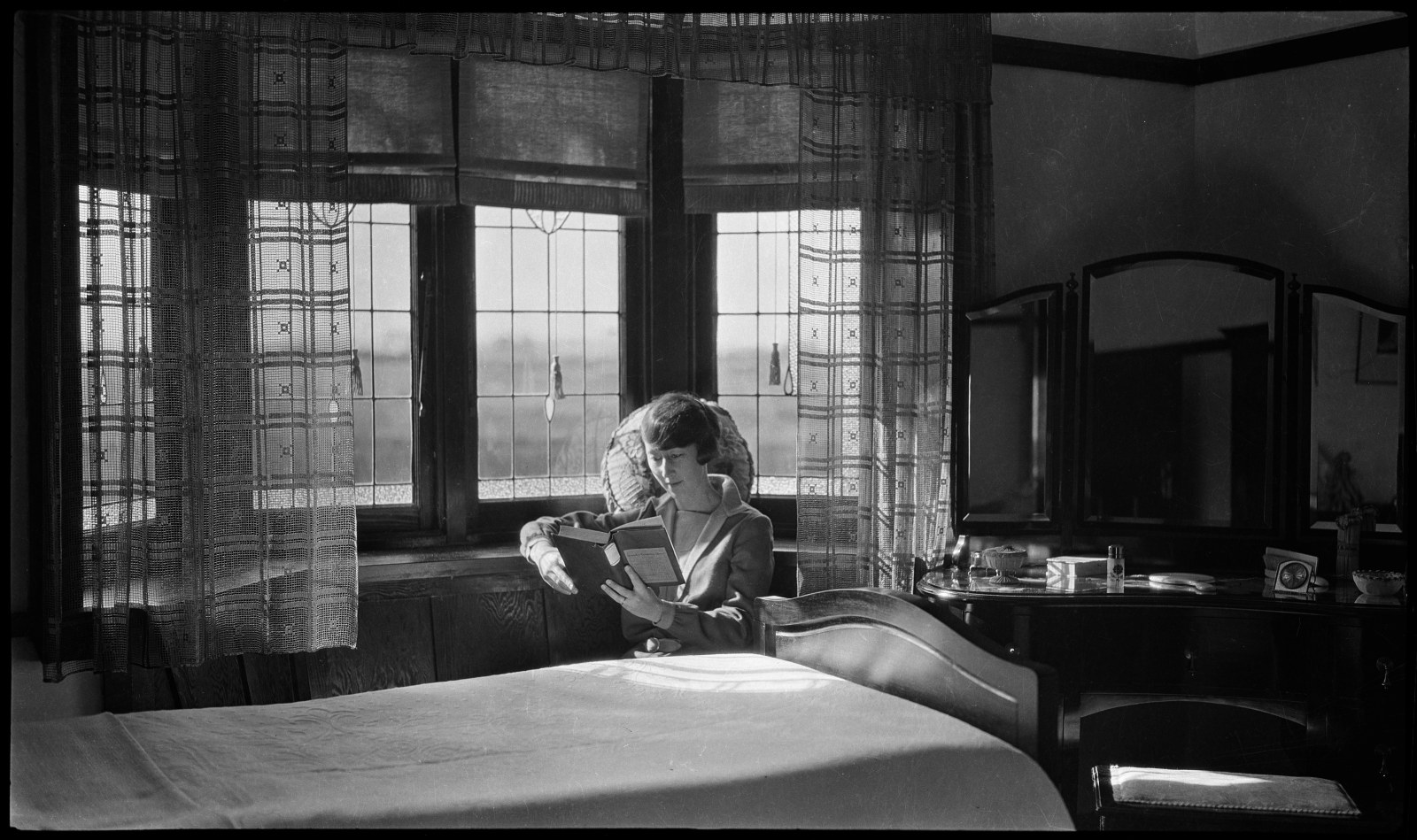
Alan Spearman Evans Collection
The Alan Spearman Evans Collection comprises over 2000 photographic images of houses, house interiors, garden landscapes and industrial workplaces in NSW

Barry Wollaston: historic buildings in the county of Cumberland (NSW), 1954
This collection consists of 232 photo negatives by architect and photographer Barry Wollaston of buildings in the Sydney region considered by the Royal Australian Institute of Architects in the early 1950s to be of architectural and historical value

Electricity Commission
These photos record the power generation and transmission assets of the organisation and document the working conditions and social events of its employees

Fire Commissioners travels
This photo series offers a visual record of the Commissioners' travels across NSW, as well as parts of Victoria, Queensland, and South Australia. The two albums span the years 1928 to 1935

Government Printing Office Glass Negatives
From the late 19th century into the 20th century, photography played a significant role at the Government Printing Office, leading to a rich and varied collection of images depicting life in New South Wales

House photo albums
These specially produced photograph albums (some in published form and others consisting of photographs pasted into an album) comprise images of one or more domestic dwellings and depict exteriors, interiors and gardens in NSW mostly from the late 19th to the early 20th centuries

Ikon Studio
During the public call out for our Street Photography exhibition an extraordinarily rare collection of street photography negatives came to light. The Ikon Studio negatives provide a fascinating visual narrative of the street photographer at work

Lantern slides shown at the 1908 Franco-British Exhibition
Part of this collection of lantern slides was shown at the Franco-British Exhibition in London, 1908. Many of the slides are of typical country scenes such as saw mills, dairy farms, mining, and timber felling and hauling
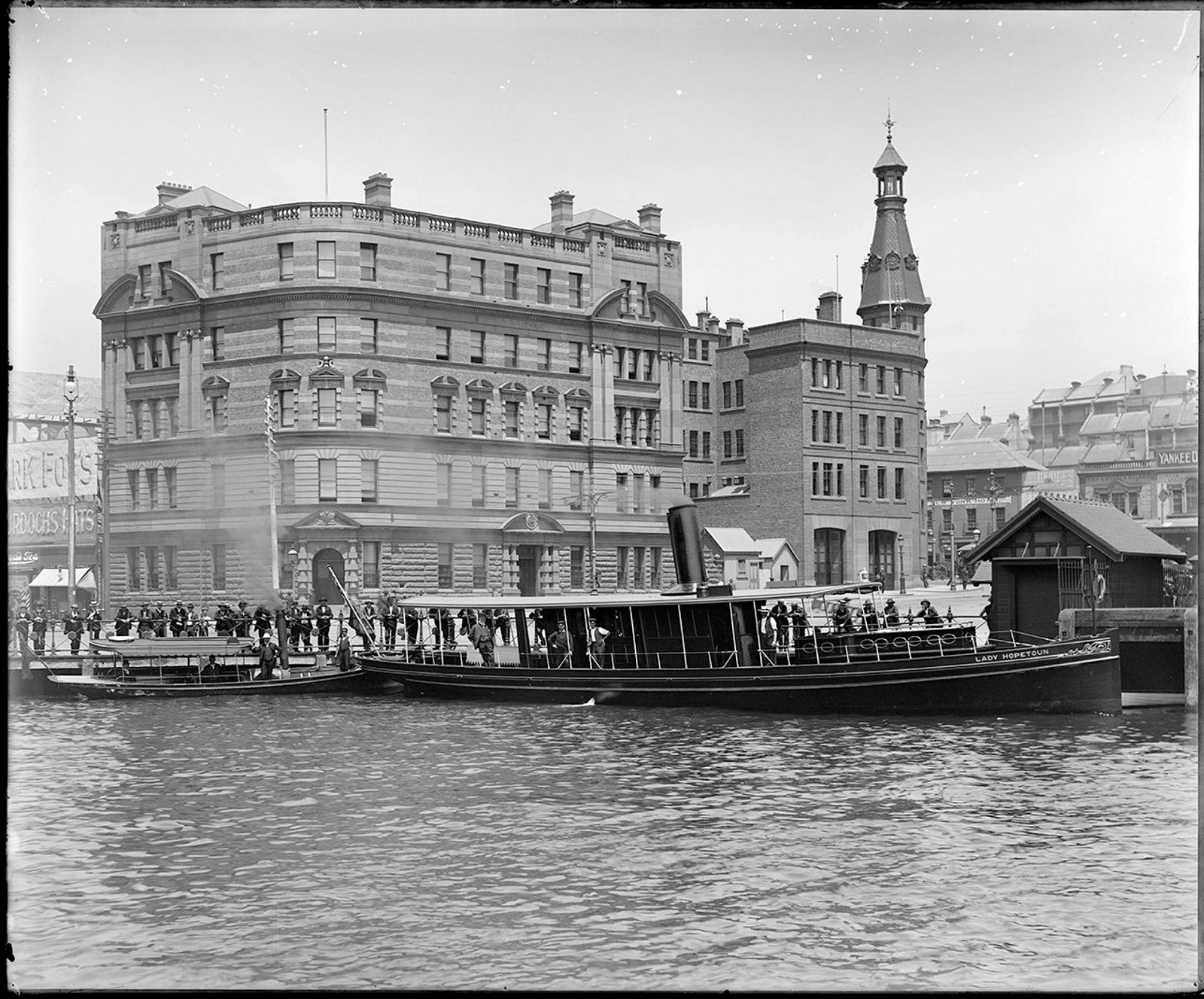
Maritime Services Board
A sample of the 4000+ digitised glass plate negatives from the Maritime Services Board
